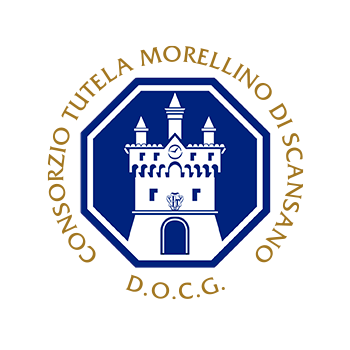Etruscans and Romans
Numerous archeological finds dating back to the Etruscan period brought to light in the areas of the Scansano and Albegna valleys: Earthenware jars containing Vitis Vinifera seeds dating back to the fifth century BC. Bronze statuettes of offerers holding sickles, the standard tools of vintners until almost the present day, are just some of the artifacts found in the rural area of the Usi, which includes the towns of Scansano and Semproniano, and at the site of Ghiaccioforte, an area between Scansano and Saturnia. It is precisely with the conquest of the fortress of Ghiaccioforte, circa 280 BC, that the Romans took possession of the territories of Scansano and furthered its agricultural development through the creation of numerous colonies. Here, wine destined for the western provinces of the empire was produced, as evidenced by the discovery of the wreckage of a ship in the sea off the coast of Marseille. In fact, the wreck contained a large number of wine amphorae marked with the letters SES, the initials of the powerful Roman Sestii family, traders and landowners in the area of Cosa, present-day Ansedonia.



